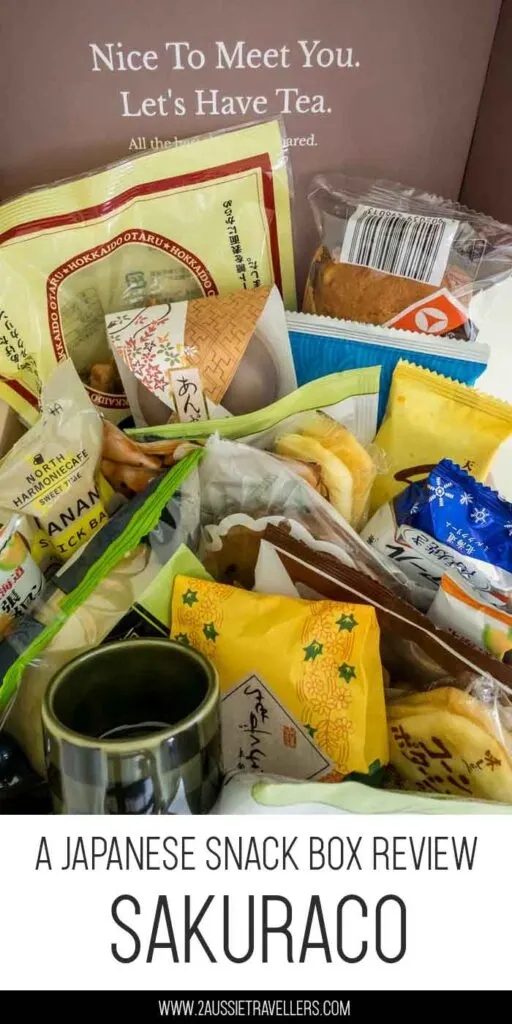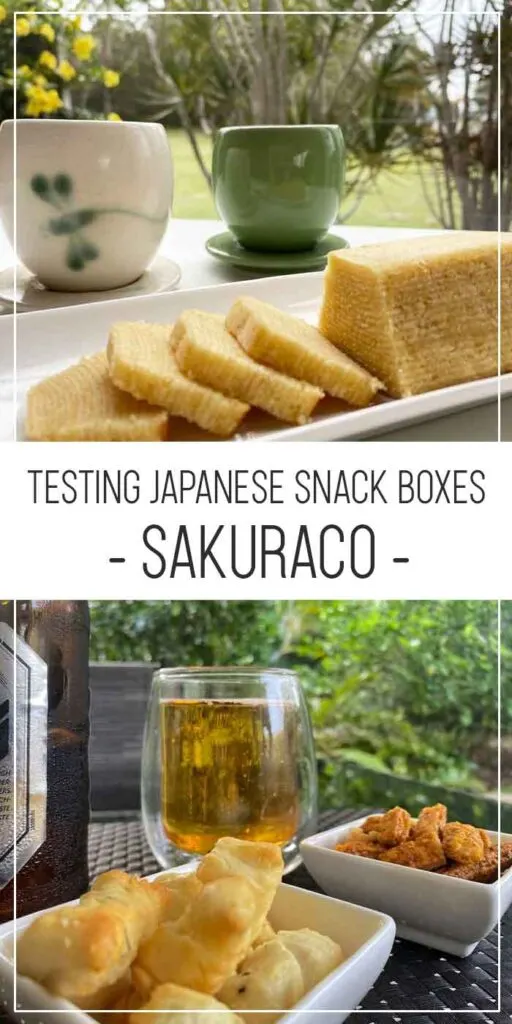The Sakuraco Japanese snack box could be described as the more traditional version of the cute (kawaii) and colourful Tokyo Treat box I reviewed a couple of months back. As I ate my way through that box it bought back so many wonderful memories of travelling in Japan over the years.
While waiting for the borders to reopen we’ve found that taking our taste buds on a foodie adventure has been a wonderful way to calm the travel bug for a little while.

When we were offered a trial of the Sakuraco box with its traditional style Japanese snacks including senbei, mochi and Japanese tea I was excited. The regional variations of these treats are something we seek out on our travels in Japan. Once I knew the December box theme this year was going to be the Hokkaido winter festivals; a prefecture, season and event we know and love, I couldn’t wait for the box to arrive.
Each month the Japanese snack box has a theme and you are able to see in advance what that will be for the next month.
Check prices and order the Sakuraco box
Delivery of the Sakuraco box
The despatch and delivery process with the Sakuraco box to us in Australia was fast and efficient. I had expected some delay being Black Friday week and because a couple of domestic deliveries I was expecting had already been held up.
I got a notification that my order was packed and ready for despatch from Tokyo on Monday afternoon, by 5 am on Wednesday it was already on the ground in Brisbane, it was delivered in Brisbane at lunchtime Friday.
The delivery was via DHL and regular tracking updates were available online throughout the process. The Sakuraco box is sturdy cardboard and was packaged inside a plastic courier bag protecting it from the elements and keeping it free from marks if you want to repurpose and reuse the box.
First impressions of the Sakuraco box
The box is a light beige colour and decorated with subtle gold foil marbling streaks and blossoms. The size of the package is smaller than the Tokyo Treat box, around 3/4 of the size but has a satisfying heft and given a little jiggle there is no notable shifting inside.
Opening it up there’s a postcard on top. It’s monochromatic and in a style reminiscent of Japanese scrolls, it shows a landscape of snowy drifts, rivers and tree branches bending under the weight of the snow. I love it and set it aside for a future journal spread in my stationery drawer.
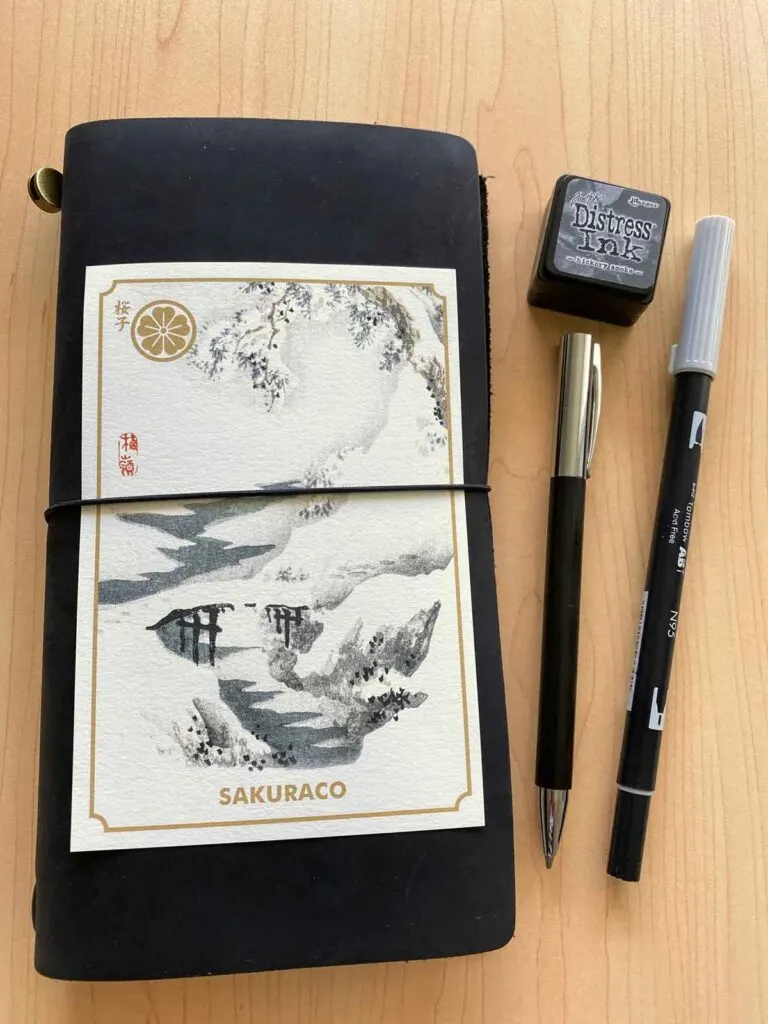
The back of the postcard introduced the theme of the month, the prefecture of Hokkaido. It’s the northernmost island in Japan, it’s lightly populated, known for its dairy products and long snowy winters. Winter brings the festivals up here, the Sapporo Snow Festival is the most widely known but we particularly love the smaller town feel of the Otaru Light Path Festival and have yet to make it out to the Asahikawa Winter Matsuri and the Lake Shikotsu ice festival, 2020 interrupted those plans.

Below the postcard is the information booklet that gives you information on each of the snacks inside the box. The cover image features the Okurayama Lookout and a perfect winter vista of Sapporo. The lookout is a ski jumping platform that was used in the 1972 winter Olympics so the athletes could look out on the whole city sprawling out below them.
The treats are tightly packed in below. Like the Tokyo Treats box, it’s an exercise in precision. There is no padding but neither is there any empty space so that prevents things from moving around. Nothing is squashed or broken but you literally could not have fitted one more item into the box.
As I unpack the snacks I immediately want to rip into things and start nibbling but I have decided that the best way to savour all these delicious flavours and special memories is to follow Ayumi-sans inspiration when she was creating the box. We will be taking time for afternoon tea this week with special treats to look forward to each day.
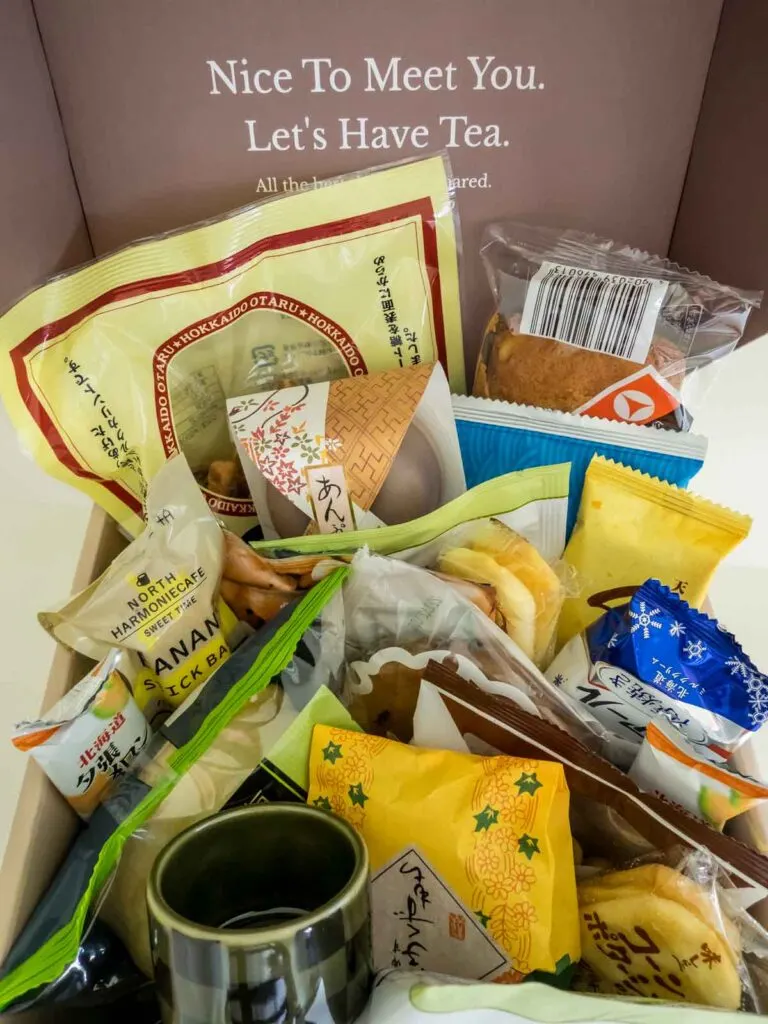
There are 20 individual items in the box, a couple like the tea is in a pair but most contain multiple pieces within the same pack for us both to try. There is also a kitchenware item included each month. This month it is a tiny ceramic sake bowl in a green and black checkered design. I like it but being a lightweight with alcohol I rarely venture beyond the sparkling sake enjoyed by university students and that is served in a glass so mine will most likely find use as a small dipping bowl or to hold small stationery items on my desk.
A closer look at some of the Japanese snacks
Each month the snacks, tea and home items included in the box change along with the theme. I’m sharing a few of the items here from the December 2021 Hokkaido box to give an idea of the sorts of things that are included rather than specific items you might receive.
With our afternoon tea on the first day, we had the banana Baumkuchen, a cake that originated from Germany but was introduced to Japan via Hiroshima in 1919. Its popularity surged over the past 100 years and it is probably far more commonly eaten in Japan now than in Germany. The delicate cake is in many fine layers resembling the rings within a tree which is where the name comes from and it is delicious with both tea and coffee making it the perfect afternoon tea selection.
Like many Japanese sweets, it is light and not overly sweet, something we both enjoy about treats in Japan. The banana flavour in this one is also delicate, you notice it’s layered in there but there is nothing artificial or overpowering about it.
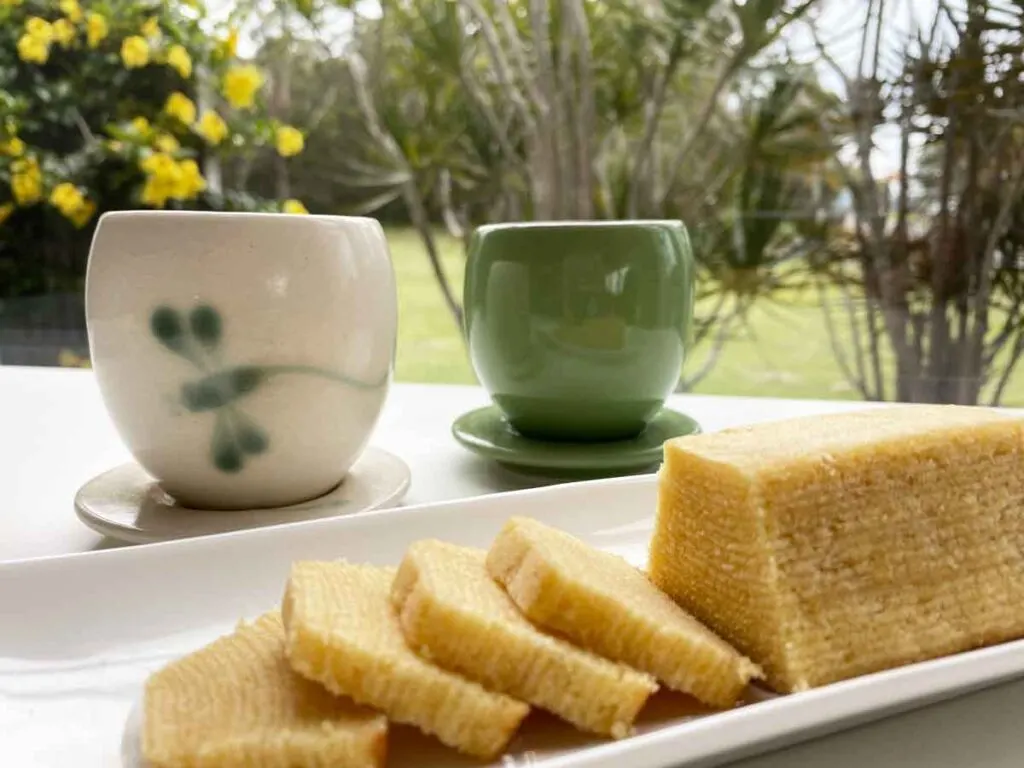
In Japan, you will see Baumkuchen for sale everywhere from high-end cake shops to souvenir shops at popular tourist attractions and the convenience stores like 7-eleven. Most commonly it is made in a ring shape, but this unusual stick version is from Hokkaido.
One thing I immediately liked about the box is that it features many small businesses from across Japan, these aren’t the brands that you instinctively know, for many, you won’t even find them on an English website.
Almost all of the products in the box have a link to Hokkaido prefecture because it’s this months theme but not all are made there. Some feature products are made with ingredients associated with Hokkaido. An example is the scallop Senbei which are made in Saitama prefecture. We had it with a mug of milk tea and it is delicious, thick and crunchy with a delicate scallop flavour.
It reminds me of the artisan Senbei we buy in the back streets of Asakusa. These are hearty snacks and nothing like the rice crackers we can get at home. It was one of my favourite items in the selection and I wish we could get our hands on a box of these.
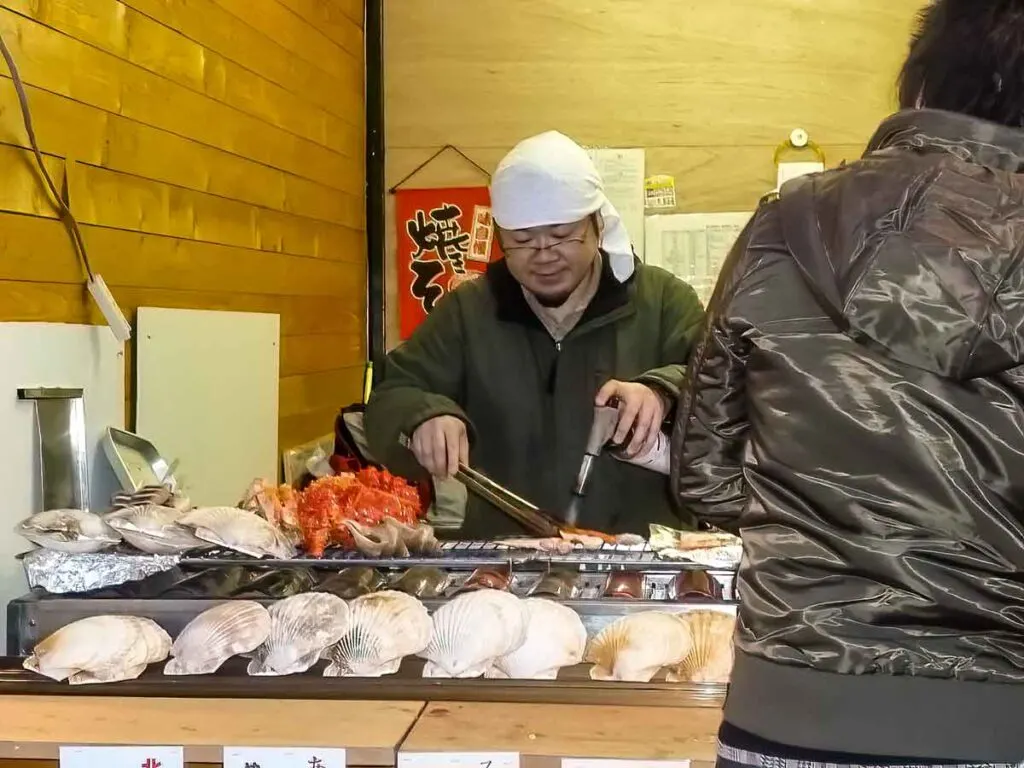
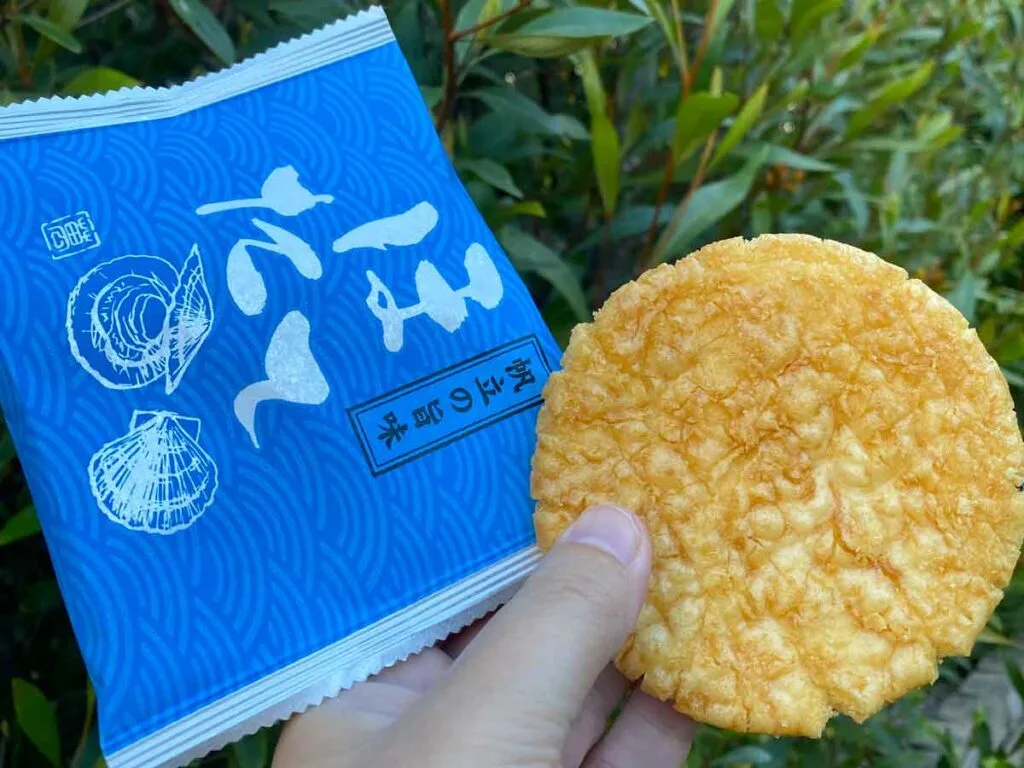
Hokkaido seafood is very highly regarded across Japan and I recommend visiting a fish market like the one at Hakodate if you travel to Hokkaido. A breakfast of seafood you’ve purchased at the market and had prepared in front of you is the best way to appreciate just how fresh it is.
The tea included in this months box is a blend of two of my favourites. I have quite a few Japanese teas that I love but this one from Kanagawa prefecture sounds particularly interesting, a blend of matcha and Genmaicha.
I pair my tea with a popular souvenir from Hokkaido. When Japanese people go on a trip they usually return with a gift for family, friends and work colleagues called omiyage. Often the gift is a food item with a special link to your destination like these Yamaoyaji Senbei.
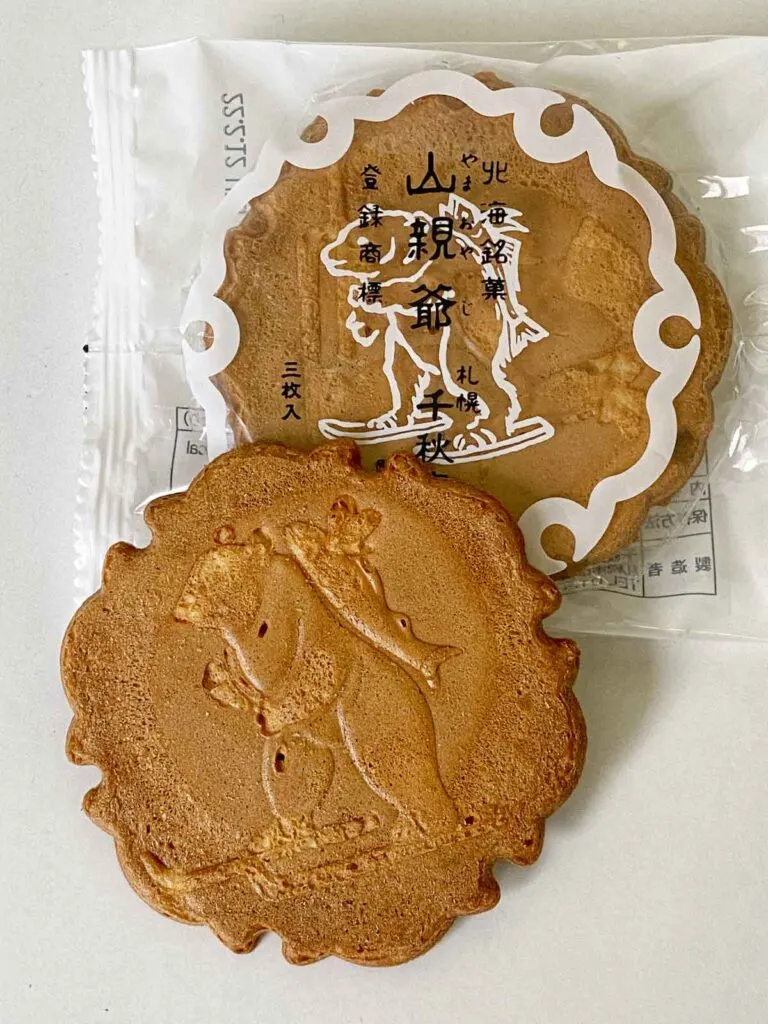
They are a thin, sweet biscuit by Senshuan that features an embossed symbol of the region, it is a bear wearing snowshoes and carrying a salmon on his back. The biscuit is sweet and simple, made with fresh Hokkaido butter and milk it’s a perfect pairing alongside a cup of green tea.
It is not your typical ‘afternoon tea’ but over the weekend we pair 2 of the savoury snacks from the box with a cold Asahi. The first pick was a crunchy mochi with the salty umami flavour of Hokkaido seaweed, the texture is puffed but denser than a typical corn puff. I’m a big fan of these ones. The second was a bag of shrimp curry rice snacks that are a collaboration with Yoshimi curry house and were Drews favourite, he loves a good Japanese curry.
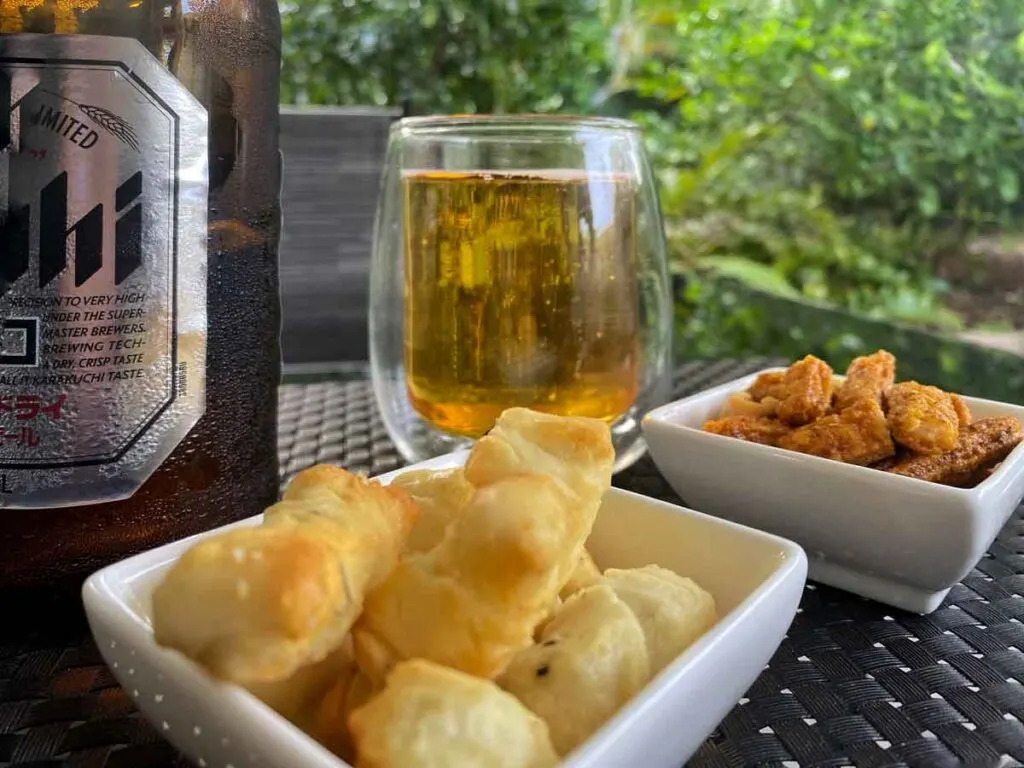
We continue the savoury theme into the next day with the corn potage Senbei There are two packs of these in the box each containing two crackers. Corn potage is a thick pureed corn soup and while we don’t associate it with Hokkaido specifically it does bring back memories of our winter trips in Japan.
Vending machines in Japan sell both hot and cold drinks, usually in the same machine. The cold ones have a blue button and the red button means that the drink is hot. During summer it’s the usual tea and coffee in the hot section but during late autumn through to early spring, other options are added like hot citrus vitamin drinks and you’ll almost always find corn soup in a can.
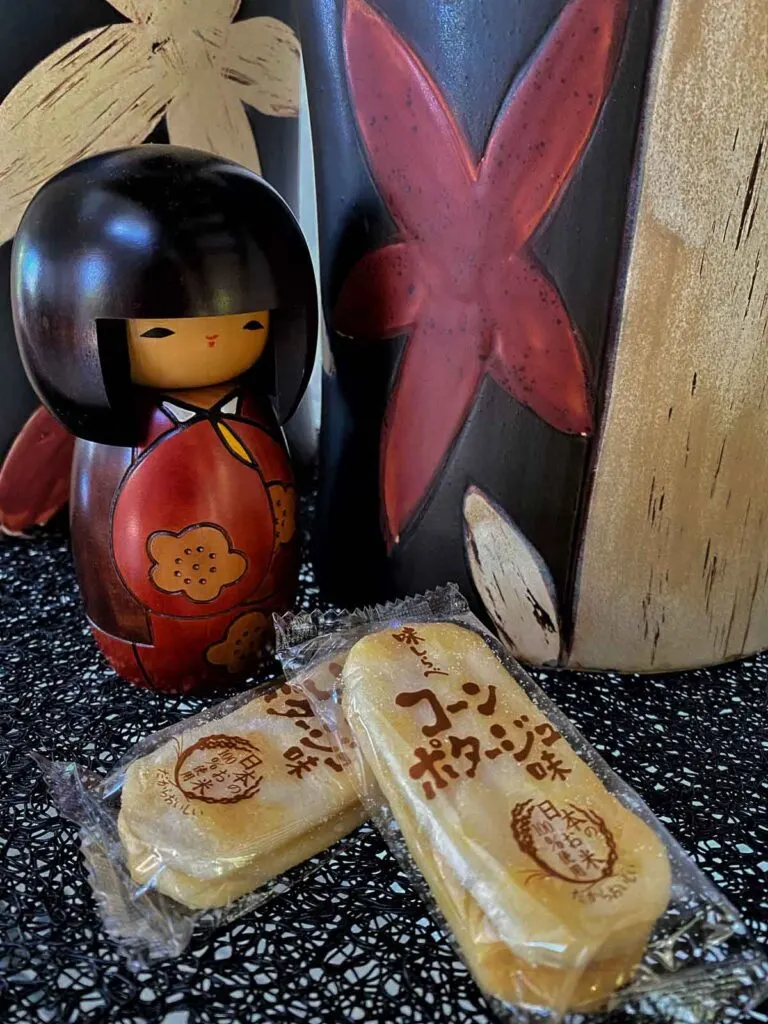
These corn soup flavoured crackers bring back memories of waiting out on the train platform on brisk winter days. There’s always a vending machine nearby and wrapping your cold chapped hands around a piping hot drink can be very appealing. On really cold days I’ve been known to get one just to carry in my pocket for a while to warm up my fingers. Later I discovered Kairo or Japanese heat packs that are a more convenient but less tasty solution.

To go with a hot spiced chai latte, a sweet treat was chosen from the box. These biscuits resemble an oreo cookie, they are a buttery shortbread-like biscuit sandwiched together with a white chocolate cream. They are delicious and you can definitely taste the decadence of Hokkaido dairy in them.
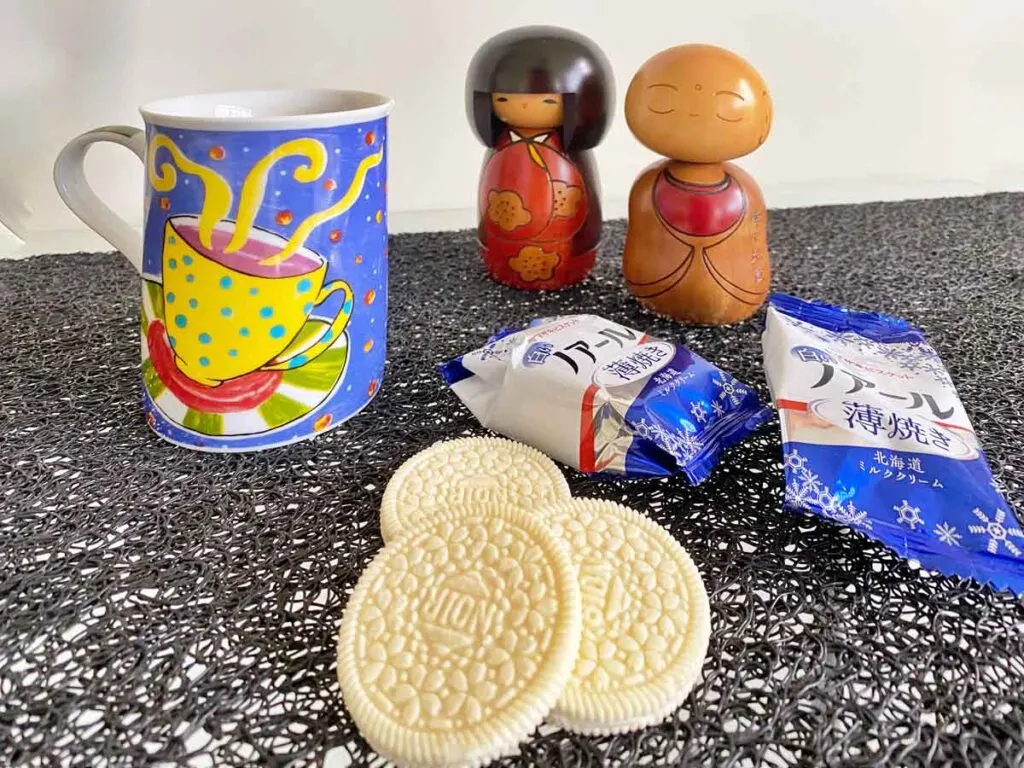
An unadorned bread roll might seem an unusual choice but there is something different about bread in Japan. It is slightly sweetened even in a savoury dish and it has a pillowy soft crumb. If you are a baker you know that softness comes from using milk in the dough but the Hokkaido cream bread in this months snack box is a step up again with an ultra-soft texture. It’s delicate and delicious, too good to add spreads of toppings so we enjoy it as it is with milk tea.
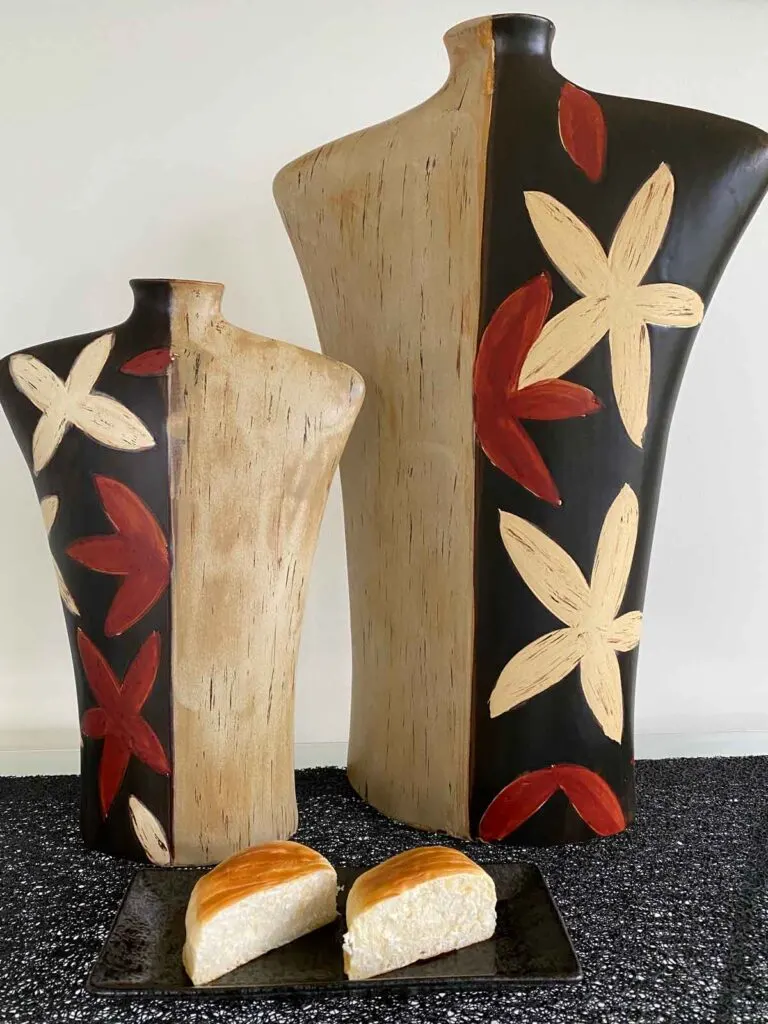
By the end of the week, we still have quite a few snacks left still to try but a couple of final notable mentions from the box are something quite different to what we might typically have for afternoon tea in Australia. Both are sweet treats, one is yuzu Kuzumochi the other a red bean pudding. Yuzu is a citrus fruit that is common in Japan, and Kuzumochi is a soft pudding. It’s like a jelly made with kudzu (arrowroot) starch. I am looking forward to this one as I love sour and tart flavours in desserts.
Red beans are one of the most common traditional sweet flavours in Japan having been introduced from China over 1000 years ago. You will often come across them served with mochi or as a filling in treats like Taiyaki, a fish-shaped pastry. There are smooth and chunky versions and it is often very sweet but everywhere does their own version so I can’t wait to see what path this one takes.
So who would enjoy the SakuraCo Snack Box?
As someone who has regularly enjoyed travelling in Japan over the years and without any definitive date on when we will be able to return I would say this is a thoughtful and fun gift for anyone who, like us, misses Japan and will enjoy reliving memories of past travels through the flavours, seasons and destinations featured. It’s also a great treat to yourself if you are trying to tame the travel bug for a little while longer.
It would also be a great gift to someone who is planning a trip in the future or has had one delayed. The anticipation can be a big part of the adventure for many travellers and the detailed information provided with the box might inspire a side trip or to search out a specific dish while they are there.
I also think boxes like this are a great gift for students who are learning the Japanese language. The box is packaged in Tokyo from treats made and packaged in Japan, they have original Japanese packaging and it’s a good opportunity to practice reading kanji, hiragana and katakana.
Of course, if you don’t read Japanese there is an information booklet that covers every product included in English or you could open up Google Translate on your phone and focus it on the package, this is a great tool when travelling in Japan to get extra information from signs, menus and brochures although basic information in English is usually available you can often get a few extra details this way.
Check prices and order the Sakuraco box
Have you tried a Japanese snack box? We’d love to hear what memories it triggered for you or your favourite item in the box.
If you found this article useful please consider saving it to Pinterest. It makes it easy for you to find it again, it helps us, and it helps other travellers to find the information they are looking for.
